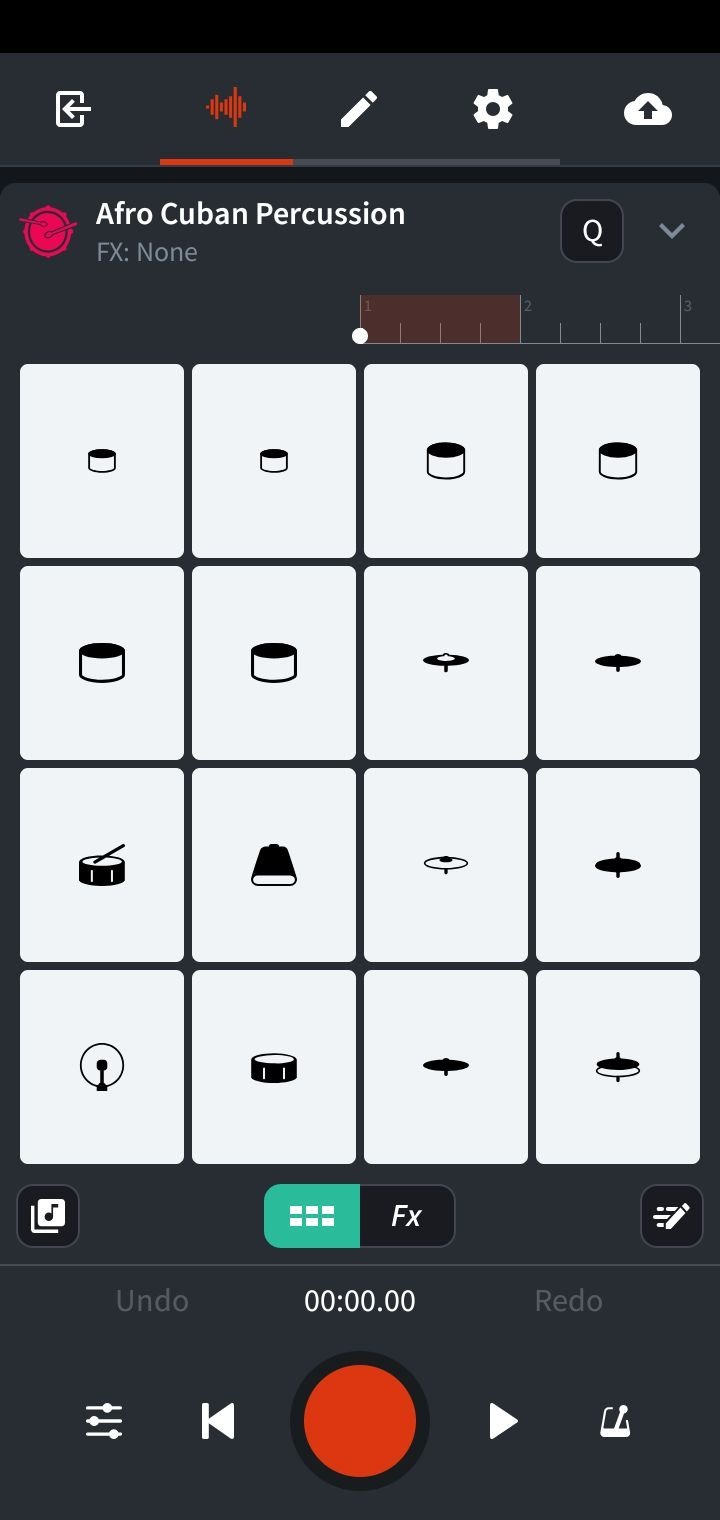

The thing is, most Linux distributions ship with a GUI front-end for their package managers. You're probably asking yourself, "Why are you talking about the command line in a post geared toward new users?" Good point. However, on an Arch-based distribution, that command would be: On Fedora, that command would look like this: For instance, to install a piece of software on Ubuntu from the command line, the command might look something like this: Package managers aboundįor the most part, package managers tend to be somewhat similar. We're now down to Cinnamon and Mate, of which I would recommend Cinnamon for two reasons: It's the default desktop for Linux Mint (hint, hint) and the development of that desktop is always very active. And although I use a GNOME-based desktop as my go-to (which comes by way of Pop!_OS), I wouldn't recommend the GNOME desktop for those who've never used Linux simply because it's a significant departure from what they're accustomed to.Īlso: These two Linux desktops are the simplest picks for new users Even though Xfce is a very user-friendly desktop environment, there are a lot of configuration options available, which could become quickly intimidating. Of the above list, I wouldn't recommend Xfce, simply because it might be a bit overwhelming for the average user. But not every one of these desktop environments is the right choice for a new user.Īlso: RHEL and its Linux relatives and rivals: How to chooseįor those who've never used Linux, there really are only a handful of desktop environments that should be considered, which are: The single most important choice you will make on your journey with Linux is which desktop environment you choose.Īlthough there aren't as many desktop environments as there are distributions, there are still quite a few, such as GNOME, KDE Plasma, Pantheon, Budgie, Xfce, Cinnamon, Mate, Enlightenment, Deepin Desktop, LXDE, i3, LXQt, Sugar, and so many more.

That's fine, because Linux can be installed on most modern (and even older) computers, and it's actually quite easy. Sure, there are plenty of companies that offer Linux systems (such as System76, Dell, Lenovo, Purism, Slimbook, Tuxedo Computers, Vikings, Ubuntushop.be, and Juno Computers), but consumers can be turned off by the higher prices of those systems. One of the biggest reasons for this is that it's not easy for the average consumer to head to Best Buy, Target, or Walmart, and buy a new PC or laptop with Linux pre-installed. That being said, why is it that Linux has had such a problem gaining more than a single-digit market share on the desktop? It runs beautifully and offers me stability and flexibility no other operating system offers. I've been using Linux as my primary desktop operating system for decades and have never had a problem. That's not because it's not a viable option, as it very much is. But one area where Linux has yet to make much headway is the desktop.


 0 kommentar(er)
0 kommentar(er)
